Wild cat species often allure us with their enigmatic presence and predatory elegance. Unfortunately, habitat destruction, human encroachment, and climate change have threatened their existence, sometimes to the brink of extinction. Intrigue grows around those species considered extinct, only for nature to surprise us with a resurrection—wild cats that have been rediscovered against the odds. Here is an exploration into eight such captivating species.
Understanding Extinction and Rediscovery
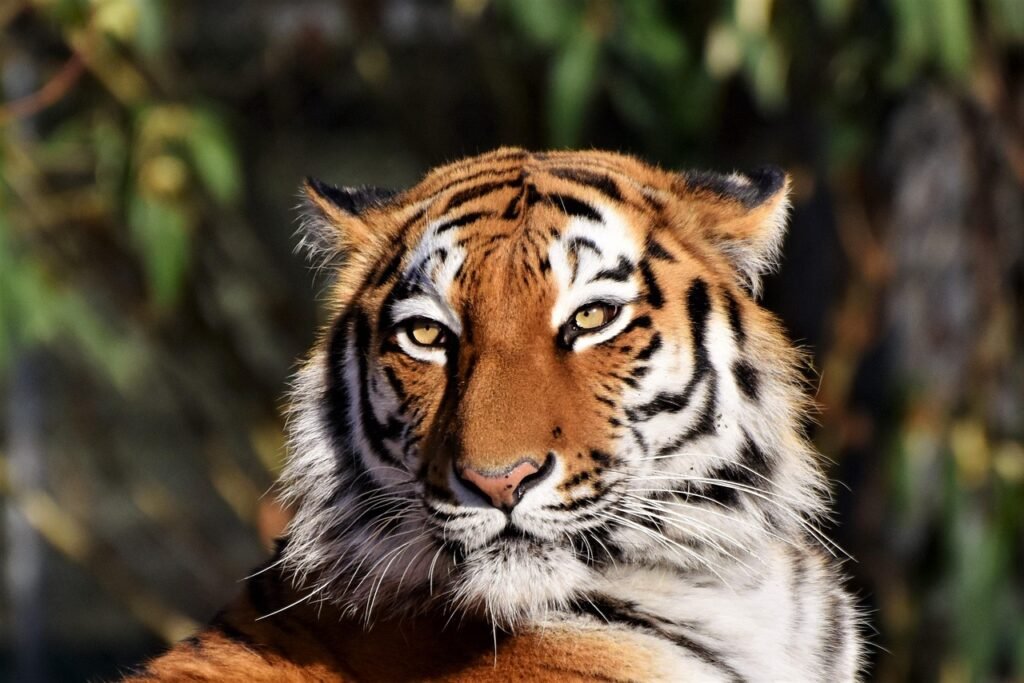
The term ‘extinct’ often conjures images of dinosaurs, but in the realm of environmental science, it means there are no known surviving individuals of a species. Occasionally, a species thought extinct is rediscovered; an enthralling occurrence termed a ‘Lazarus species.’ This phenomenon showcases nature’s resilience and adaptability, as well as the evolving accuracy of scientific detection methods.
The Iriomote Cat
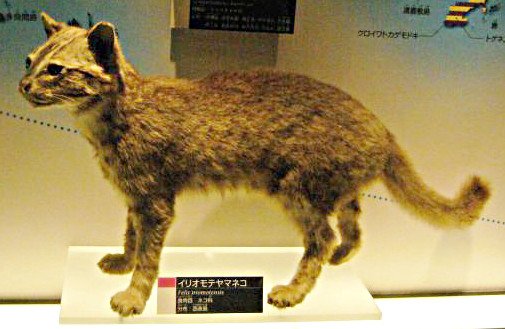
Imagine a small, elusive feline living on a subtropical Japanese island. The Iriomote cat, native to Iriomote Island, was once teetering on the edge of extinction. This elusive cat was rediscovered thanks to conservation efforts and has since become a symbol of wildlife preservation in Japan. Only about 100 individuals are believed to remain, making every sighting a momentous event.
The Southern Tigrina
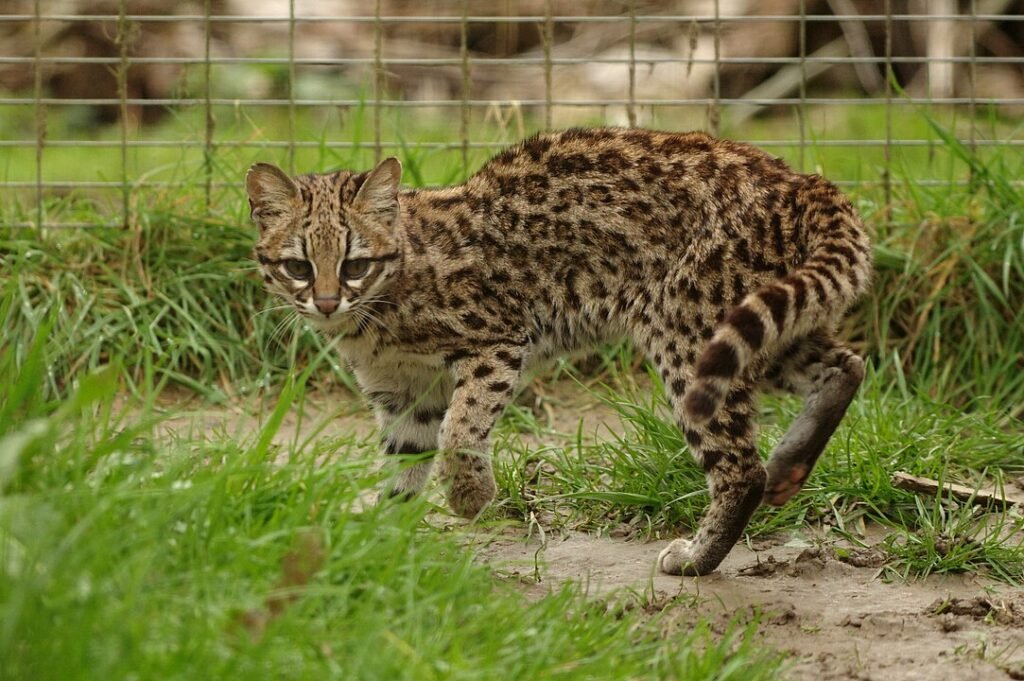
In the rainforests of Brazil roams the Southern Tigrina, often confused with its cousin, the Oncilla. Once considered interbred into oblivion, the Southern Tigrina was rediscovered through genetic mapping. This discovery highlighted not only its unique genetic identity but also the importance of understanding niche habitats where such species persist.
The Bornean Clouded Leopard
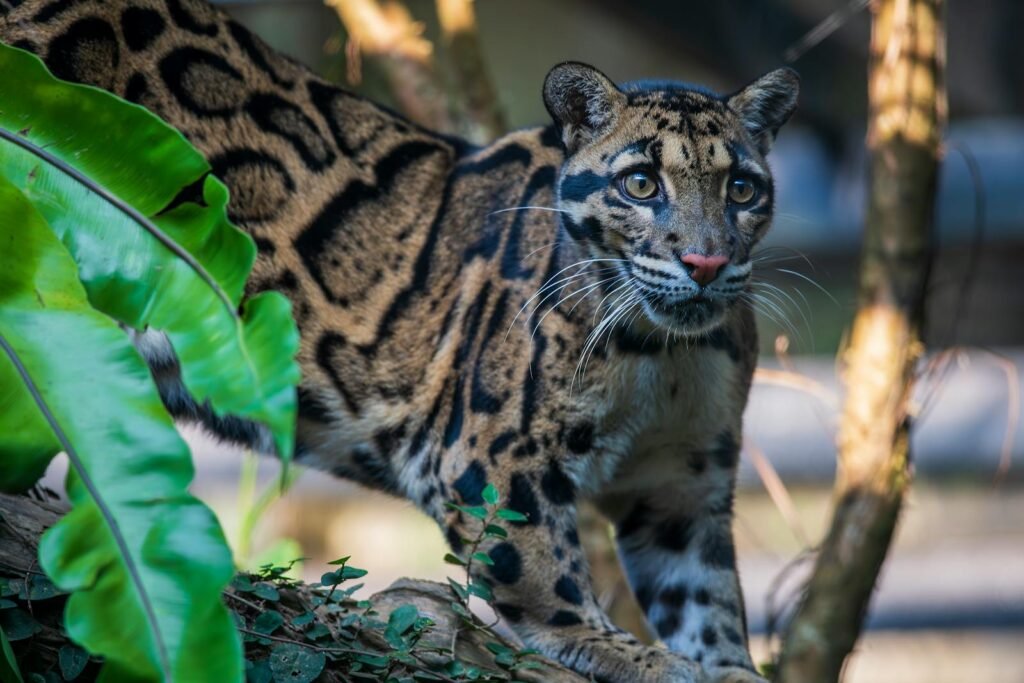
The dense jungles of Borneo and Sumatra hold secrets, one being the majestic Bornean Clouded Leopard. While its presence was always suspect, it remained shrouded in mystery until rediscovered through camera trapping technology. This particular species has adapted to survive in fragmented forest habitats, embodying a glimmer of hope for large cats in shrinking landscapes.
The Andean Mountain Cat
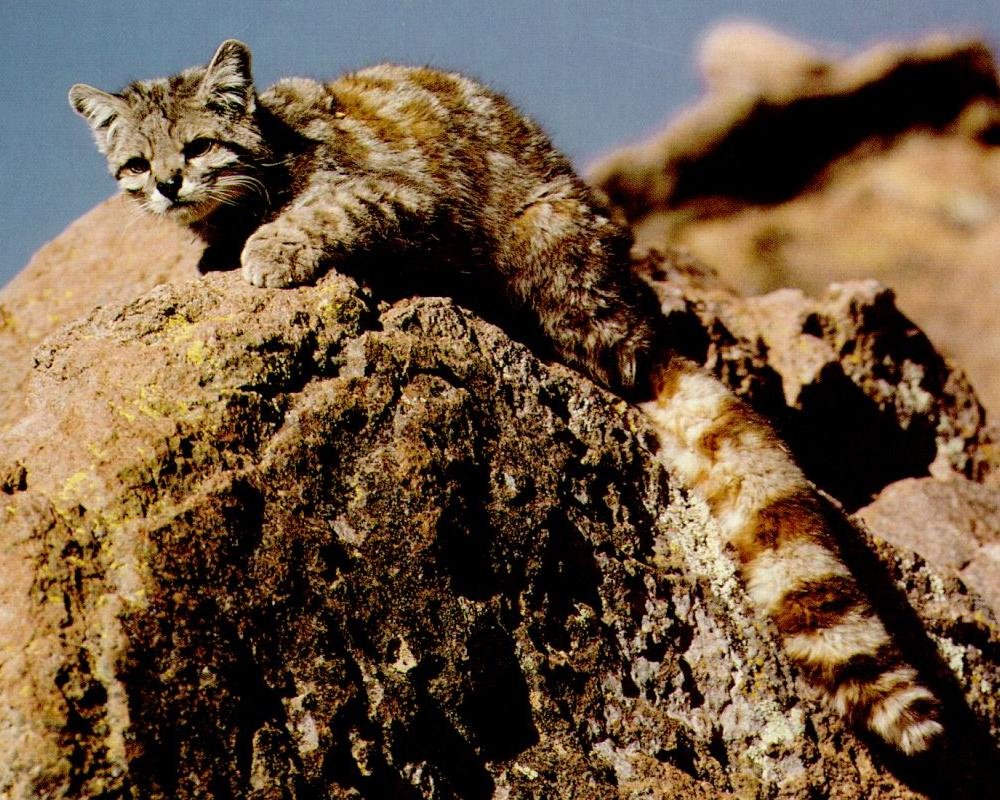
One of the rarest and least known cats in the world, the Andean Mountain Cat, hides among the high Andes Mountains. Previously known only through reports and sighting sketches, it was rediscovered when wildlife biologists captured photographic evidence. This find has led to more dedicated efforts to protect and study this elusive predator of the high-altitude landscapes.
The Malayan Tiger
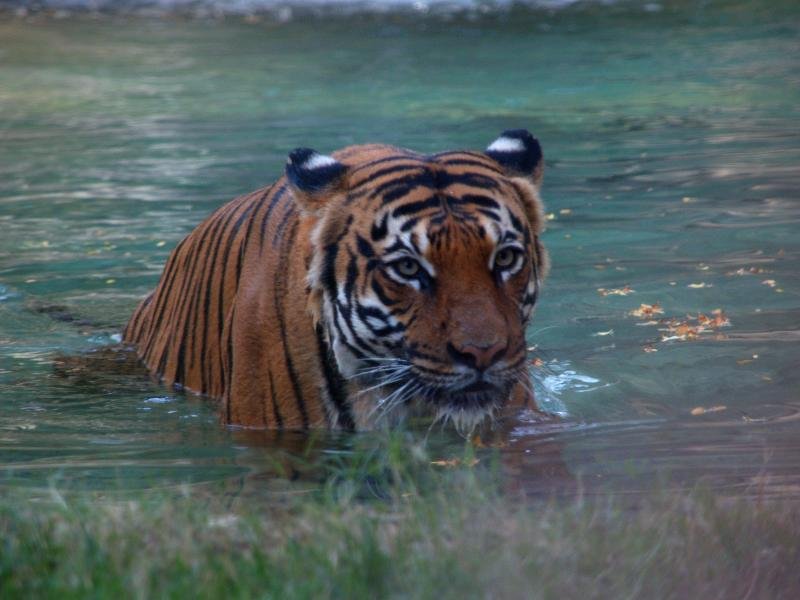
Thought to have perished due to rampant poaching and deforestation, the Malayan Tiger was rediscovered in reserve forests of Malaysia. Camera traps played a crucial role in establishing their continued existence. Awareness programs and taboos against hunting have been intensified among locals to ensure its survival.
The Javan Leopard
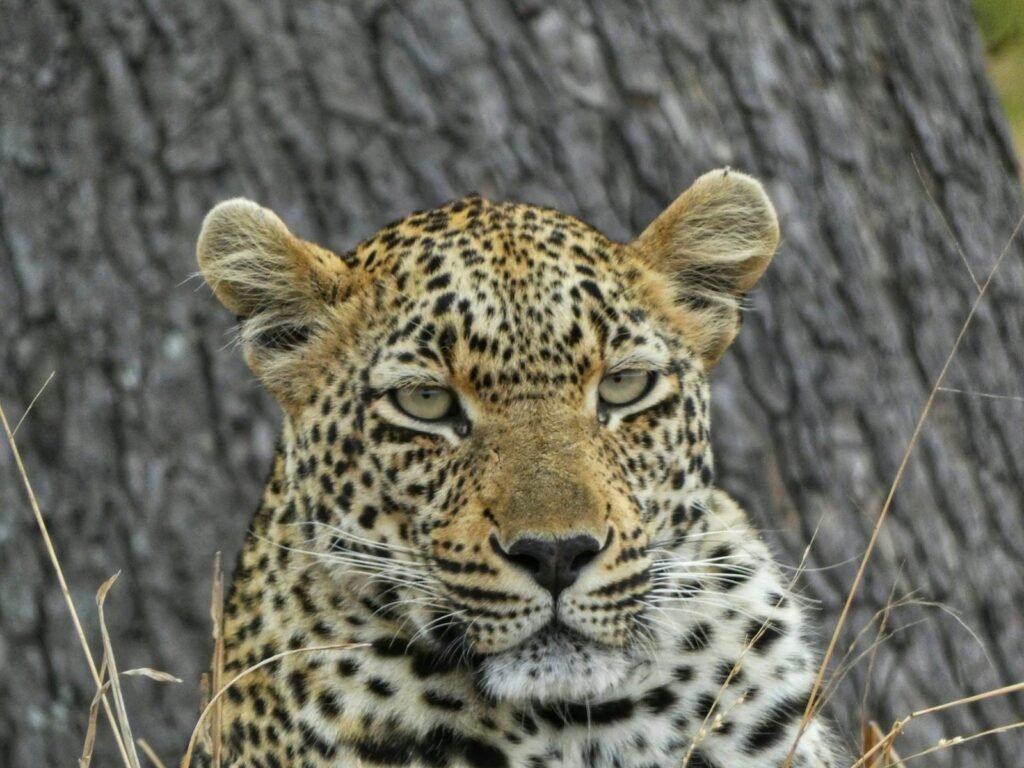
Native to Indonesia’s island of Java, the Javan Leopard was long considered extinct due to heavy deforestation and hunting. Rediscovery of this species through sightings and conservation photography has brought it back into focus. Efforts are being made to mitigate habitat destruction and create corridors for safe passage.
The Iberian Lynx
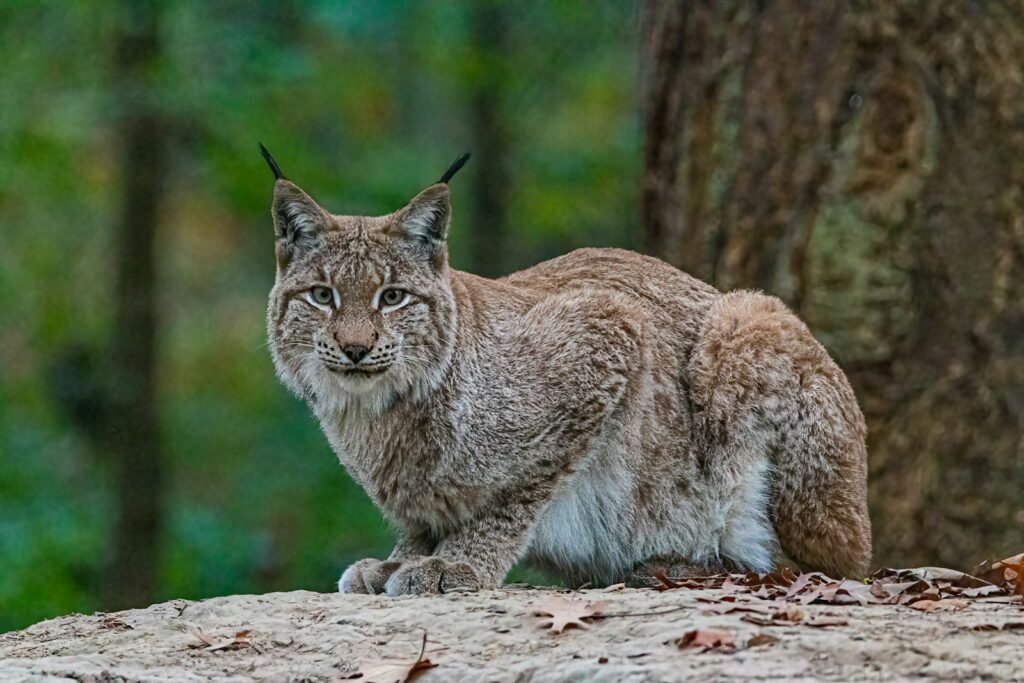
The Iberian Lynx, once numbering less than a hundred, was on the verge of extinction primarily due to disease-stricken prey and vehicle strikes. Successful conservation programs, including breeding and reintroduction, have seen their numbers rise and reestablish in Spain and Portugal. The resurgence of the Iberian Lynx underscores the effectiveness of concerted conservation efforts.
Conservation Efforts and Challenges
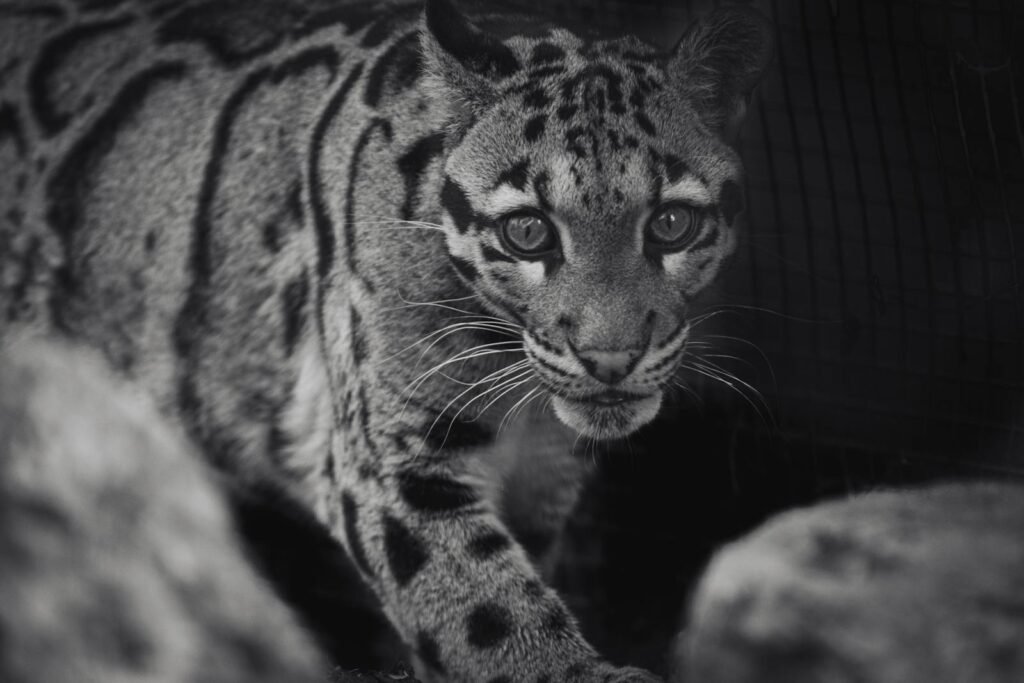
Rediscovery of these species sets the stage not just for celebration, but also for urgent conservation efforts. It involves habitat restoration, anti-poaching laws, community education, and increasingly, climate action. The challenges remain significant, primarily due to human encroachment and climate change-induced habitat alteration.
Conclusion
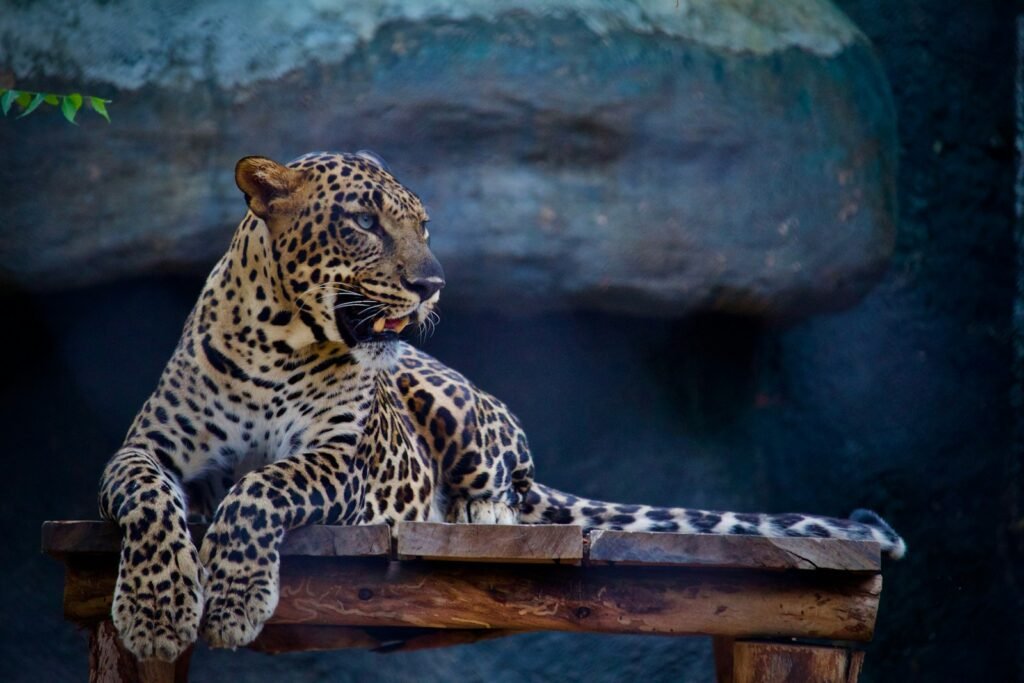
The rediscovery of species believed to be extinct is a beacon of hope in wildlife conservation. It reminds us of nature’s incredible resilience and adaptability. These wild cats, emblematic of wider biodiversity challenges, serve as ambassadors for the critical importance of preserving their habitats and ensuring their continued protection.

Linnea is a born and bred Swede but spends as much time as possible in Cape Town, South Africa. This is mainly due to Cape Town’s extraordinary scenery, wildlife, and atmosphere (in other words, because Cape Town is heaven on earth.) That being said, Sweden’s majestic forests forever hold a special place in her heart. Linnea spends as much time as she can close to the ocean collecting sea shells or in the park admiring puppies.






